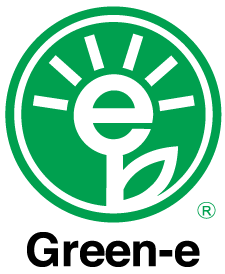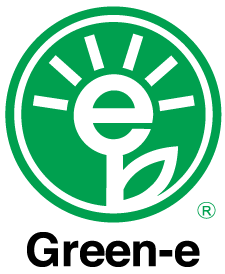
Have you wondered how you can enhance your sustainability messaging? As awareness is rapidly increasing around the impact businesses can make in the fight against climate change, sustainability messaging as a tool for customer engagement is more important than ever. In fact, a 2019 Nielsen survey found that more than 30% of consumers would pay more for an environmentally friendly product. The COVID-19 pandemic has driven sustainable purchasing even further, with more than 60% of consumers surveyed in 2020 reporting to have made more environmentally friendly purchases. In turn, retailers are looking to meet customer demand by sourcing more sustainable products for their shelves.
A major way that companies are publicly committing to sustainability goals is through creating climate action plans that outline their climate strategies. One of the key components of creating a climate action plan is finding ways your organization can reduce its carbon footprint.
What is a carbon footprint, and why does it matter?
A carbon footprint is a total inventory of the amount of greenhouse gasses—such as carbon dioxide and methane—that are emitted as a result of your organization’s business activities. Calculating your carbon footprint can be a handy tool to set sustainability strategies. For example, if your carbon footprint reveals a lot of emissions in your transportation activities, you can find ways to reduce those emissions by switching to more environmentally friendly transportation options or purchasing carbon offsets (certificates which each represent a reduction of 1 metric tonne of carbon dioxide emissions).
A few key strategies to reduce your business’s carbon footprint are:
- Reduce energy use by implementing energy efficiency practices.
- Reduce paper and plastic waste along your operations and supply chain.
- Implement a hybrid or remote workstyle to reduce emissions from employee commuting.
- Monitor emissions across your supply chain.
- Power your operations with renewable electricity.
- Purchase carbon offsets for your remaining emissions.
While it’s always best to focus on reducing emissions before offsetting them, offsetting is an effective way to account for the emissions you cannot reduce.
The differences between RECs and offsets
Renewable electricity comes from natural sources or processes that are continuously replenished, such as solar, wind, geothermal, hydroelectric, or biomass. By replacing high-emitting fossil fuels such as coal and natural gas, use of renewable electricity can dramatically reduce emissions. A Renewable Energy Certificate (REC) is a tradeable certificate (ie, it can be traded separately from the electricity between the generator and other parties) that represents the renewable attributes of 1-megawatt-hour (MWh) of renewable electricity. One of the easiest ways you can use RECs is by subscribing to your utility’s renewable electricity product for the buildings you own. However, if you don’t own your building, don’t worry! RECs allow you to participate in the renewable energy market through retail options, such as buying standalone (or “unbundled”) RECs from a marketer, broker, or supplier. Purchasing RECs helps build a market for renewable electricity, where increased demand for renewable electricity helps reduce conventional electricity generation in the region where the renewable electricity generator is located. According to the FTC Green Guides, by purchasing RECs along with your standard delivered electricity, you can effectively claim that you are using renewable energy.
For more information on different ways you can buy renewable energy, see Green-e® Marketplace: An Introduction to Purchasing Options for Buyers. For resources on purchasing Green-e® certified renewable electricity in your area, you can visit www.buycleanenergy.org, or for a full list of Green-e® sellers, see www.green-e.org/certified-resources.

A carbon offset is similar to a REC in that it is also a tradeable certificate, but it represents the reduction of 1 metric tonne (mT) of carbon dioxide emissions. Your purchase of carbon offsets funds projects that reduce GHG emissions by either capturing (ie, “sequestering”) GHGs so that they cannot be released into the atmosphere, or avoiding/reducing emissions that would have otherwise been created. Examples of carbon offset projects include landfill methane capture, improved forest management, and energy efficiency projects.
While there are many REC and carbon offset providers globally, not all of them adhere to best practices in quality sourcing, accounting, and reporting. Sourcing RECs or offsets that are certified by an independent third party is a great way to ensure that your purchase is as impactful as it can be.

